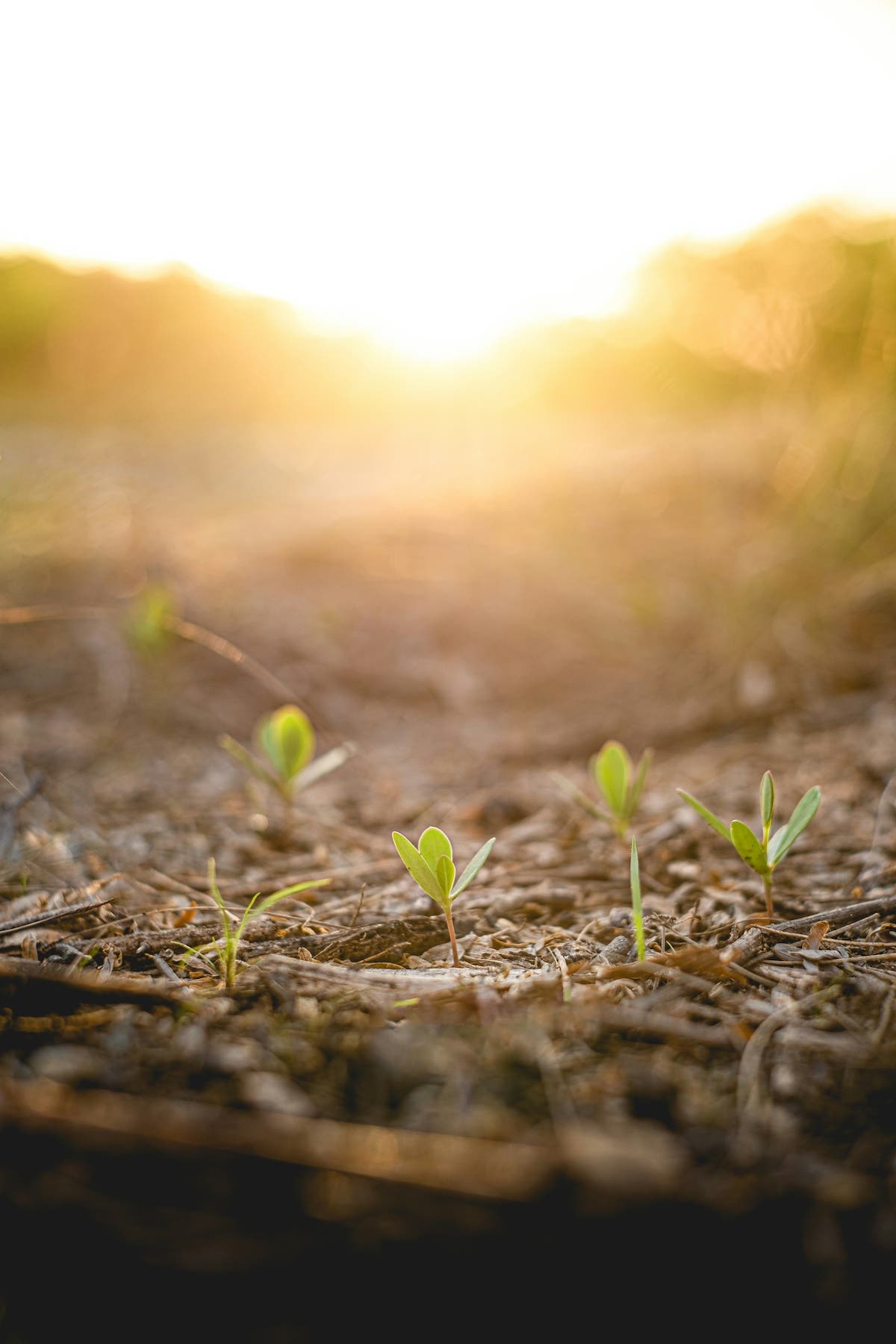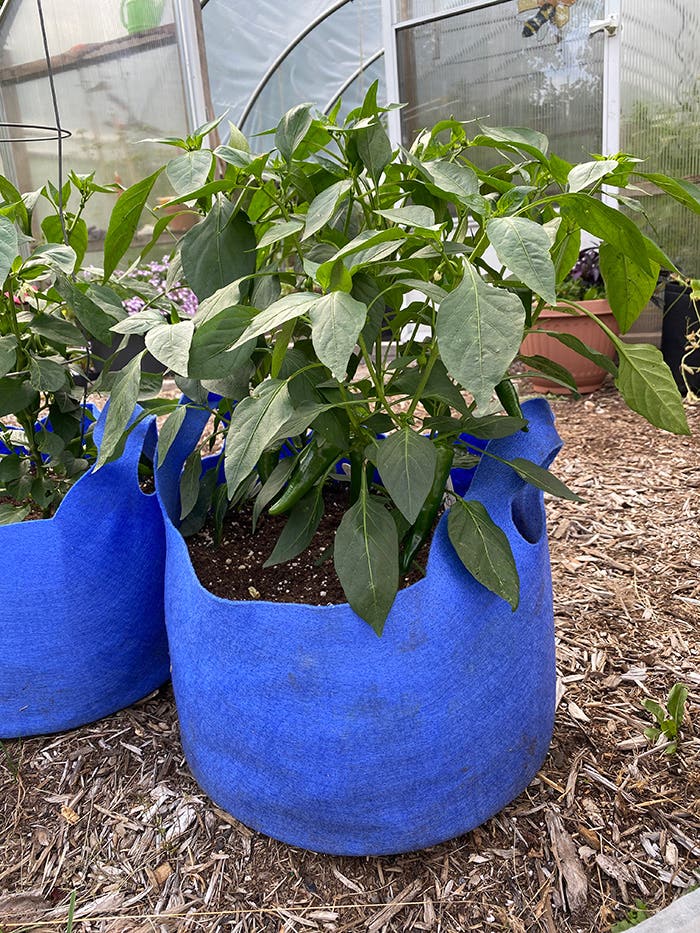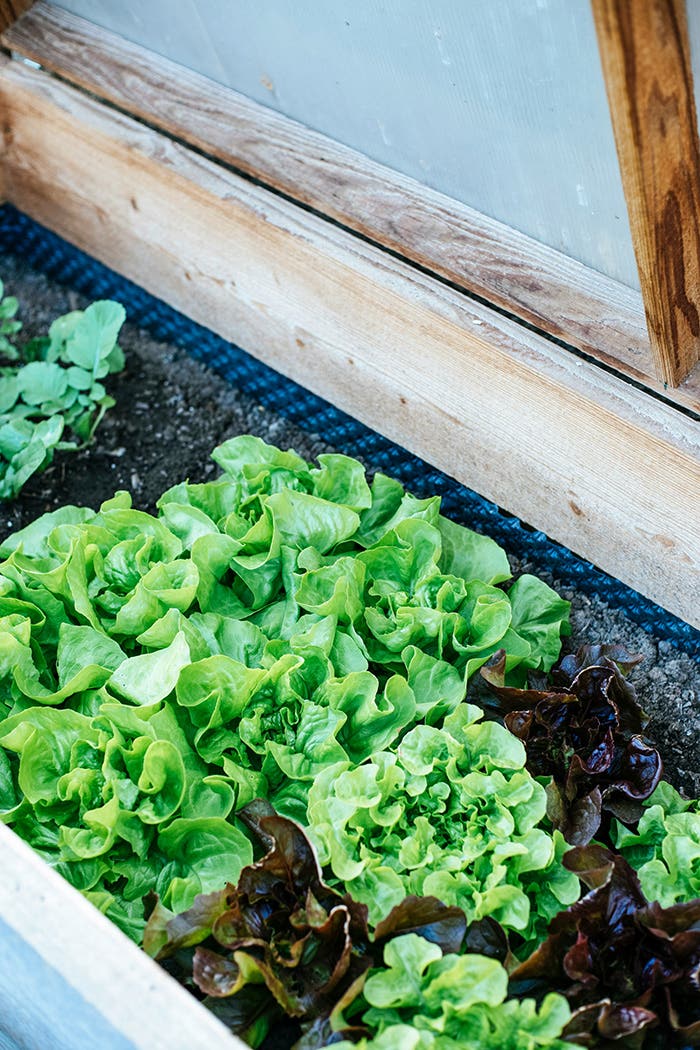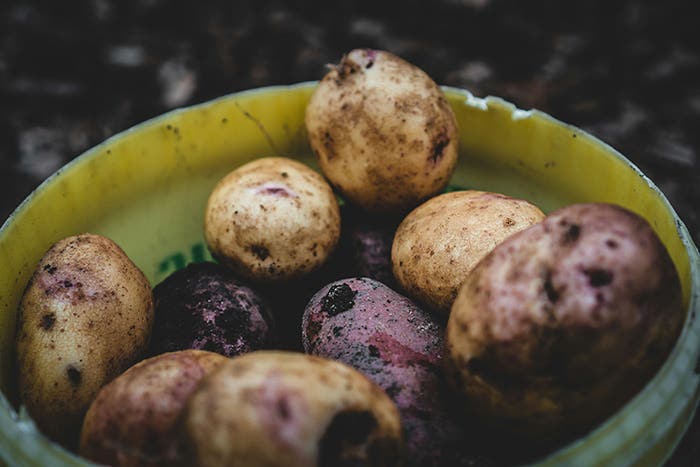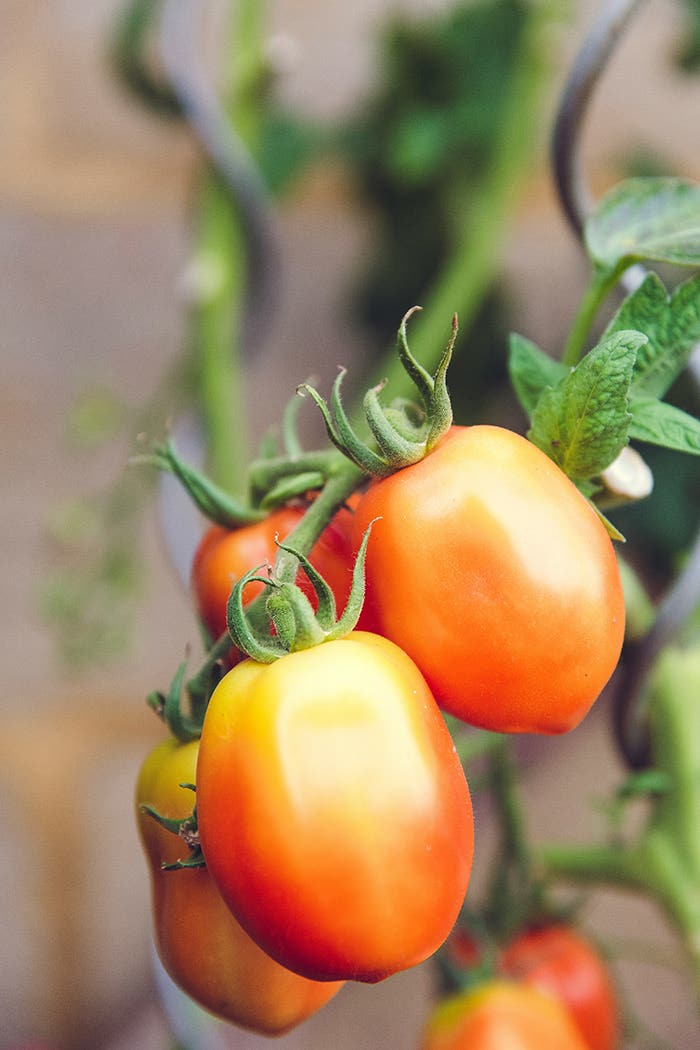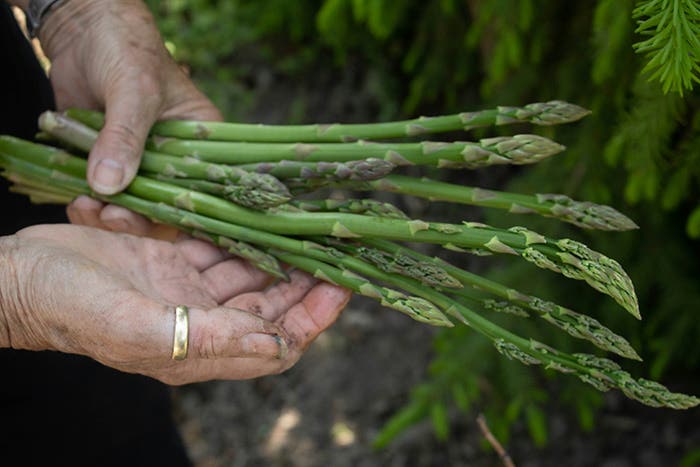Purple Vegetables for Flavor and Garden Beauty
Peas, carrots, kale & more!
Purple vegetables are jewels of the edible garden. I’ve been gardening for more than 40 years, but I still show off my magenta cauliflower or deep purple peas. These vibrant vegetables take center stage in the garden, and their brilliant color adds a “wow” factor in the kitchen, along with a powerful nutritional punch. If you’ve never grown purple vegetables, now is the time to try them.
Purple signifies health benefits when it comes to food. One of the chemical components that gives vegetables and fruits this deep color is anthocyanin, an antioxidant that protects the plant from environmental stressors—and provides health benefits to those who eat them. Among its many reported benefits, anthocyanin lowers blood pressure, reduces inflammation and decreases the risk of colorectal cancer. Because of its overall cardiovascular benefits, it is terrific for helping to maintain a healthy brain, especially as we age.
Not only do purple vegetables have this powerful antioxidant in their corner, but many also possess more nutrients than their green counterparts. For instance, purple cabbage (which we often call red cabbage), contains six to eight times more vitamin C than green cabbage. Sauerkraut has long been used to stave off rickets, but can you imagine how much more effective it is when made with purple cabbage? There are similar benefits from vegetables such as purple carrots, which boast twice as much beta carotene as the standard orange varieties.
Purple vegetables are not a completely new feature in gardens. Although wild carrots were thin white roots, the first domesticated versions are thought to have had a more purplish hue. With selective breeding, gardeners in the 1700s developed the bright orange carrot that we now know so well. And, of course, there are long-time favorites like the classic eggplant, with its shiny, jewel-like skin.
Combining beauty and health benefits, breeders are continually expanding the purple vegetable palette. Tomatoes are a prime example. Although there are tomatoes that have darker skin, ‘Indigo Rose’, introduced in 2012 by Oregon State University, is touted as the first truly purple tomato. And the good news is breeders aren't stopping there. Even though ‘Indigo Rose’ has beautiful purple skin, it is pinkish-red inside. Researchers are currently working on tomatoes that are purple throughout, making them even higher in antioxidants.
Here are purple varieties I recommend from experience in my own garden:
Beans, Peas and Tomatoes
Outside of eggplant, one of the first purple vegetables I ever grew was a purple pole bean. But we’re not relegated to a climber, such as ‘Carminat’ that reaches well over six feet tall. ‘Amethyst’ and ‘Royal Burgundy’ are excellent bush types. Purple beans turn green when cooked—the heat disrupts the cells and changes the acidity of the vegetable, causing a shift to a greener hue, which indicates higher alkalinity.
Like beans, there are numerous purple varieties of shelling and sugar snap peas. ‘Quickpick Pinkeye’ shelling peas grow on compact bushes and produce deeply colored fruit to seven inches long. The pea itself is creamy white with a pinkish-purple eye. These are tasty both fresh or dried. For sugar snap peas—my preference for fresh eating in the garden—look for ‘Sugar Magnolia’. It produces three- to four-inch-long pods that are generally sweet and tender. For a bush variety of sugar peas, ‘Desiree Dwarf Blauwschokkers’ from Holland produces a good amount of fresh peas without trellising. In my garden they grew a maximum of three inches long and proved best steamed—fresh picked, they had a tough texture.
‘Indigo Rose’ still stands as the truest purple tomato, but there are others with an undeniably purplish tone. The large-fruited ‘Cherokee Purple’ is a favorite heirloom for its rich, sweet flavor. ‘Chocolate Cherry’ tomato has the darker color, along with a very prolific nature, producing trusses of one-inch fruits throughout the summer.
Leafy Vegetables
Last year I grew ‘Purple Lady’ bok choy because I was on a bok-choy craze, adding it to everything. With deep purple leaves on green stems, it's definitely eye-catching in the garden. This bok choy has a tendency to bolt, so it’s key to cut it before it gets the chance. It grows just six or seven inches tall, so keep a sharp eye. But it has a terrific flavor and for me it was prolific in the first part of the summer, before temperatures consistently reached over 80˚F.
Cabbage lovers should look for varieties such as ‘Ruby Perfection’ or ‘Integro’, both typically grown as a mid- to late-season cabbage. Both form three- to five-pound heads that store well. They’re of great use in the kitchen. If you want to add a little extra flair, save room for ‘Candy Red’ pointed cabbage. Its small, tear-dropped shaped head weighs only a pound or two and ranges from a bright magenta to more a pinkish purple. Besides bring beauty to the garden, ‘Candy Red’ tastes delicious and mild when eaten fresh.
Many kale varieties possess a purple tinge, but few could be called truly purple. My picks are ‘Red Russian’, which combines green and purple, and ‘Redbor’, which tends to show the color throughout its curled leaves and stems. Both are hardy and vigorous.
I haven't grown white cauliflower flower for years because it consistently bolted into a bitter mess. Probably a decade or so ago, I discovered ‘Graffiti’ and it became my go-to variety not only because of its pretty purple hue, but because it grows well even in the heat and tastes great. Last season, I tried ‘Purple of Sicily’ and found it equally satisfying. As with many other purple vegetables, when you blanch it, it will turn the water purple while it lightens to nearly white.
Spears and Roots
‘Purple Passion’ is the predominant purple asparagus. It is grown in the same manner as traditional green asparagus, so make sure to give the crowns plenty of room in a nutrient-rich bed and ample water. This purple cultivar turns green when it’s cooked, but it tends to taste slightly sweeter than the traditional green, or even blanched white, types.
I’ve grown a number of purple carrot varieties, and even though their beauty remains hidden outside, they are really fun to use in the kitchen. Last year I seeded ‘Black Nebula’, gorgeously purple throughout the root. They sprouted tiny hair roots and bolted rather quickly when the heat arrived, but they were delicious fresh and made the most interesting carrot cake. There are also two-tone carrots—purple on the outside, orange on the inside—that kids tend to really enjoy. ‘Cosmic Purple’ is one.
Purple potatoes hide their beauty below the soil, but they’re well worth the garden space. Although they offer the same flavor as a conventional potato, their color really stands out at the table. Granted, a big bowl of steaming lavender-colored mashed potatoes doesn't appeal to everyone, but purple potato chips or roasted potatoes are more universally appetizing. For purple throughout the tuber, look for ‘All Blue’ or ‘Purple Majesty’. If you seek a potato that it has purple skin but is white on the inside, ‘Michigan Purple’ and ‘Huckleberry Gold’ have purple skin and white flesh. As a Montanan, I need to brag a little about ‘Huckleberry Gold’; developed by Montana State University, it is the first potato with a low glycemic index, meaning it does not spike your blood sugar like other varieties.
Purple-colored vegetables are always a conversation piece. Don’t hesitate to experiment with these dazzling, delicious additions to your vegetable garden and plate.
Images by Amy Grisak


